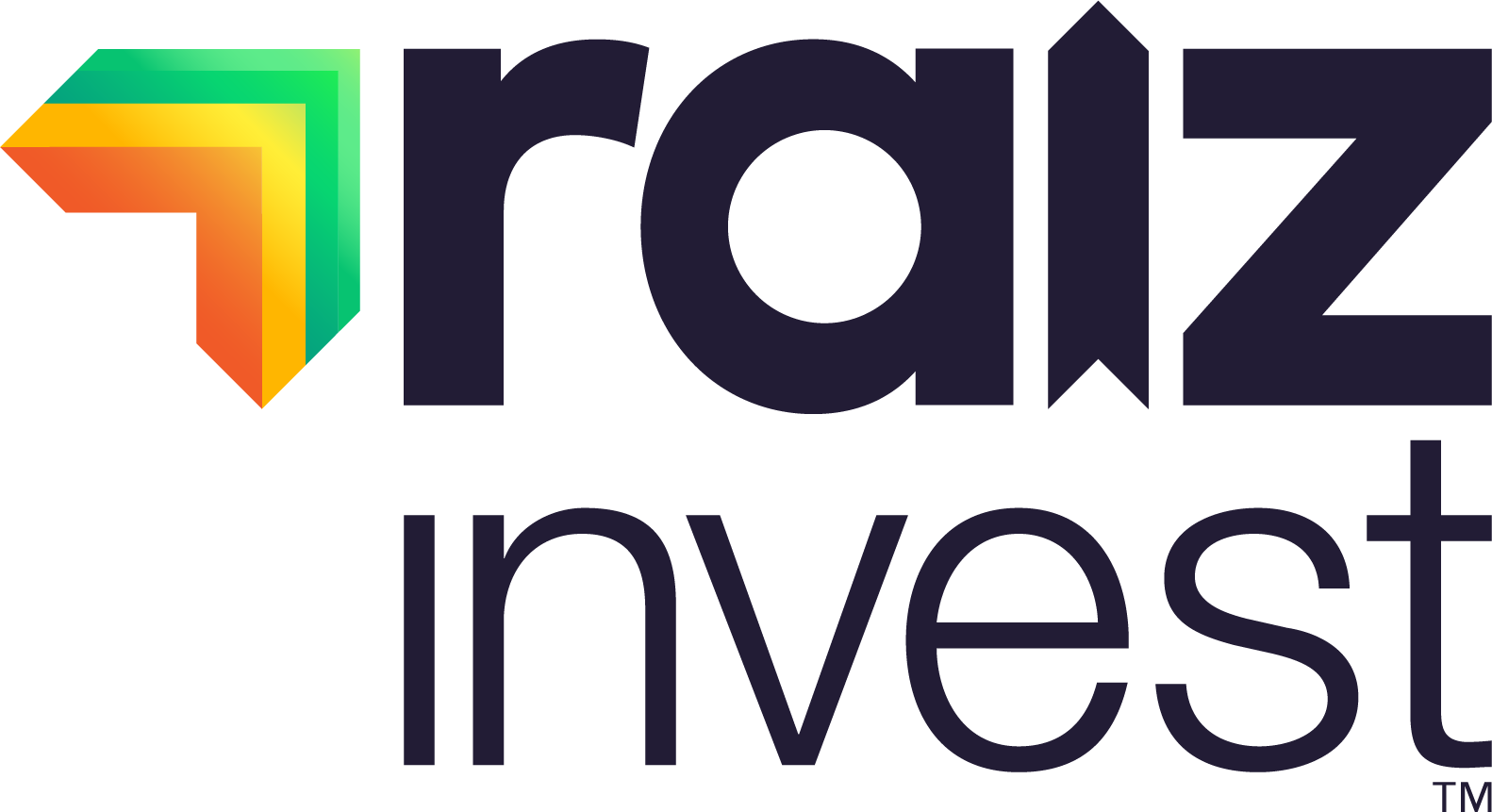How are ETFs different from stocks?

When it comes to starting out investing, it’s critical that you know the basics before jumping in, including getting across the difference between stocks and exchange-traded funds (ETFs).
The concepts may seem tricky at first, but both stocks and ETFs are at their essence investment vehicles that can give you a way to begin investing. Here are a few more things you should know about these common products as you look to build your portfolio.
What exactly are ETFs?
Stocks and ETFs have some similarities. They both are traded on the stock market in Australia, their prices move up and down and they are linked to the performance of companies. Even so, it’s key to appreciate that stocks and ETFs are different in many ways.
ETFs, one of the fastest growing investment products in the world, are comprised of baskets of different types of investments that are pooled together into a single entity, with each share of an ETF giving its owner a proportional stake in the total assets of the ETF.
Although an ETF is a type of investment fund that can be bought and sold on a securities exchange market, like a stock, many of them are described as “’passive” investments. Passive ETFs commonly track a market index and do not try to outperform the market. Hence, they will tend to go up or down in value in line with the index they are tracking.
How are ETFs different from stocks?
Stocks don’t work like this. Think about what a stock tracks — a single company. That’s because a stock is a type of investment that represents an ownership share in one company. So, when you by a company’s stock, you’re purchasing a small piece of that specific company not a share in a proportional stake in the total assets of a fund.
These differences bear on the volatility of both investment types. For instance, when it comes to individual stocks, they can be impacted by things like a bad report, negative profit guidance or even the appointment of a new chief executive. By contrast, ETFs tend to be less volatile than an individual stock because of the diversity involved in the fund.
Are ETFs or stocks better for me?
What product you choose depends on your particular financial circumstances and risk tolerance. A big upside of ETFs is that is that you don’t need to have heaps of money to invest and each share in an ETF gives you exposure to a diversified portfolio of investments.
Another plus is that there are ETFs that cover nearly the whole range of available investment assets in the financial markets. While stock ETFs are most common, there are also funds that target many other asset classes like bonds or commodities.
ETFs are popular with millennials
It’s for these reasons that more millennials are being drawn to ETFs. Indeed, industry research has shown that over 90 per cent of millennials now choose ETFs as their investment vehicle of choice, a rapid rise over the past decade.
The popularity of ETFs among those aged 18-35 is likely due to a mix of factors. For instance, younger investors may opt for growth ETF portfolios to aim for higher potential returns of around 10 per cent per annum if they do not need to access the money for several years.
There’s also the rise of micro-investing platforms, like Raiz, that have contributed to the increasing popularity of ETFs among younger investors. Such platforms have made ETFs widely available and accessible via your smart phone. For more information on Raiz fees, click here.
They have also removed much of the leg work from investing. For instance, in the case of Raiz, our expert team has selected a basket of widely traded ETFs and then combined them into six different risk-adjusted portfolios ready for your selection.
Don’t have the Raiz App?
Download it for free in the App store or the Webapp below:
Important Information
The information on this website is general advice only. This means it does not take into account any person’s particular investment objectives, financial situation or investment needs. If you are an investor, you should consult your licensed adviser before acting on any information contained in this article to fully understand the benefits and risk associated with the product.
A Product Disclosure Statement for Raiz Invest and/or Raiz Invest Super are available on the Raiz Invest website and App. A person must read and consider the Product Disclosure Statement in deciding whether, or not, to acquire and continue to hold interests in the product. The risks of investing in this product are fully set out in the Product Disclosure Statement and include the risks that would ordinarily apply to investing.
The information may be based on assumptions or market conditions which change without notice. This could impact the accuracy of the information.
Under no circumstances is the information to be used by, or presented to, a person for the purposes of deciding about investing in Raiz Invest or Raiz Invest Super.
Past return performance of the Raiz products should not be relied on for making a decision to invest in a Raiz product and is not a good predictor of future performance.




